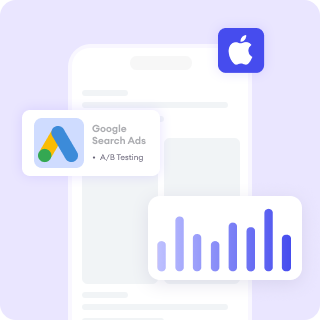Are you new to keyword research and looking for a simple, free tool to get started? Google Trends is a fantastic resource for discovering what people are searching for online, identifying trends, and guiding your content strategy. With our guide, learn how to easily use Google Trends when doing keyword research for your websites.
What Is Google Trends?
Google Trends is a free tool provided by Google that shows how frequently a specific term, topic, or phrase is searched for over time. You can compare keywords, see their popularity by location, and even uncover related queries.
Why Use Google Trends for Keyword Research?
- Identify trending topics: Stay ahead by finding what’s gaining traction in your niche.
- Seasonality insights: Learn when certain topics or products are in high demand.
- Compare keywords: Find out which terms are more popular and refine your SEO strategy.
- Discover related searches: Get ideas for additional keywords or subtopics to target.
Getting Started with Google Trends
Follow these simple steps to begin your keyword research journey:
1. Access Google Trends
Go to Google Trends. You’ll land on the homepage where you can explore trending searches and hot topics.
2. Search for a Term
Type a keyword or topic into the search bar at the top. For example, let’s try “vegan recipes.”
- You’ll see a graph showing the search interest for that term over time. This gives you a sense of its popularity and whether it’s rising or falling.
3. Adjust Settings for Better Insights
On the results page, tweak the following filters:
- Time Range: Choose a specific time frame, such as the past year or the past 5 years.
- Region: Focus on a specific country or view global data.
- Category: Narrow down to a niche like Food & Drink or Technology.
- Search Type: Filter by web search, image search, YouTube search, or Google Shopping.
These settings help you tailor the data to your needs.
Key Features to Use
A. Interest Over Time
This graph shows you how a keyword’s popularity changes over time. Look for:
- Consistent popularity: Keywords that stay steady may be reliable to target.
- Seasonal spikes: Great for planning content around specific times, like holidays or back-to-school seasons.
B. Regional Interest
Scroll down to see a map that highlights where your keyword is most popular. This helps if you’re targeting specific locations.
C. Related Topics and Queries
At the bottom, you’ll find suggestions for:
- Related Topics: Broader ideas that connect to your keyword.
- Related Queries: Specific search terms people often use alongside your keyword.
Using Google Trends for Comparisons
Want to choose the best keyword? Compare up to 5 terms at once!
Here’s how:
- Click “+ Compare” and add another keyword.
- View side-by-side graphs to see which keyword is more popular.
- Use the comparison to pick terms with higher or rising interest.
For instance, compare “vegan recipes” with “plant-based recipes” to see which one has better potential.
Pro Tips for Keyword Research with Google Trends
- Look for Rising Searches: Pay attention to “Breakout” queries in related searches. These are keywords with skyrocketing interest, signaling a hot trend.
- Validate Seasonal Keywords: Before creating seasonal content, check if the keyword has recurring spikes each year.
- Explore Regional Variations: If you’re targeting local audiences, focus on keywords popular in that region.
- Combine with Other Tools: Use Google Trends alongside tools like Google Keyword Planner or SEMrush for more in-depth research.
Case Study: Using Google Trends for Blog Planning
Imagine you’re a food blogger planning a post about smoothies.
Start with “smoothie recipes” and adjust the filters:
- Time frame: Past 12 months to spot trends.
- Region: United States for a local audience.
- Category: Food & Drink to narrow the focus.
From related queries, you notice that “high-protein smoothies” are gaining traction. Now you have a fresh topic idea to explore!
Conclusion
Google Trends is a simple yet powerful tool for keyword research, whether you’re planning blog posts, YouTube videos, or an e-commerce strategy. With practice, you’ll become more confident in spotting trends, understanding search behavior, and choosing the right keywords for your audience.
Ready to start? Head over to Google Trends and explore what the world is searching for today!
Boost Your Business with Professional Paid Advertising Services from FoxAdvert! Contact Us Today to Get Started!











